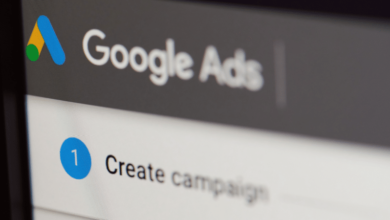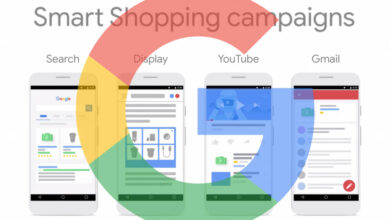The Ultimate Guide to Setting Up a Successful PPC Campaign

PPC (Pay-Per-Click) advertising is one of the most effective digital marketing strategies for businesses looking to drive traffic, generate leads, and increase sales. However, setting up a successful PPC campaign requires careful planning, research, and optimization. In this comprehensive guide, we will walk you through the steps to create a successful PPC campaign that delivers results.
Step 1: Define Your Goals
Before you start setting up your PPC campaign, it’s essential to define your goals. Are you looking to increase website traffic, generate leads, or drive sales? Understanding your objectives will help you create a targeted campaign that aligns with your business goals.
Step 2: Conduct Keyword Research
Keyword research is a crucial step in setting up a successful PPC campaign. Identify relevant keywords that your target audience is searching for. Use tools like Google Keyword Planner, SEMrush, or Ahrefs to find high-volume, low-competition keywords that are relevant to your business.
Step 3: Create Compelling Ad Copy
Your ad copy plays a significant role in the success of your PPC campaign. Create compelling and engaging ad copy that highlights your unique selling proposition and encourages users to click on your ad. Use relevant keywords in your ad copy to improve ad relevance and quality score.
Step 4: Set Up Landing Pages
Having dedicated landing pages for your PPC campaign can significantly improve your conversion rates. Create landing pages that are relevant to your ad copy and offer a clear call-to-action. Ensure your landing pages are mobile-friendly, load quickly, and have a clean design.
Step 5: Set Up Conversion Tracking
Conversion tracking is essential for measuring the success of your PPC campaign. Set up conversion tracking in Google Analytics or your PPC platform to track key metrics like leads, sales, and ROI. Use this data to optimize your campaign and improve performance.
Step 6: Optimize Your Campaign
Regularly monitor and optimize your PPC campaign to improve performance and maximize ROI. Test different ad copy, keywords, and landing pages to see what works best for your target audience. Adjust your bids and budget to ensure you are getting the most out of your campaign.
Step 7: Analyze Results
After running your PPC campaign, analyze the results to see what worked well and what needs improvement. Use data from conversion tracking and analytics to identify trends and make data-driven decisions for future campaigns. Continuously refine your strategy based on performance data.
FAQs
What is PPC advertising?
PPC advertising is a digital marketing strategy where advertisers pay a fee each time their ad is clicked. This model allows businesses to drive targeted traffic to their website and only pay for actual clicks on their ads.
How much does PPC advertising cost?
The cost of PPC advertising varies depending on factors like industry competition, keyword competitiveness, and ad placement. Advertisers can set a budget for their PPC campaign and adjust bids to control costs.
How can I measure the success of my PPC campaign?
You can measure the success of your PPC campaign by tracking key metrics like click-through rate (CTR), conversion rate, cost per click (CPC), and return on investment (ROI). Use conversion tracking and analytics tools to monitor performance and make data-driven decisions.
Setting up a successful PPC campaign requires careful planning, research, and optimization. By following the steps outlined in this guide and continuously refining your strategy based on performance data, you can create a PPC campaign that delivers results for your business.
Images: [Insert relevant images here]


